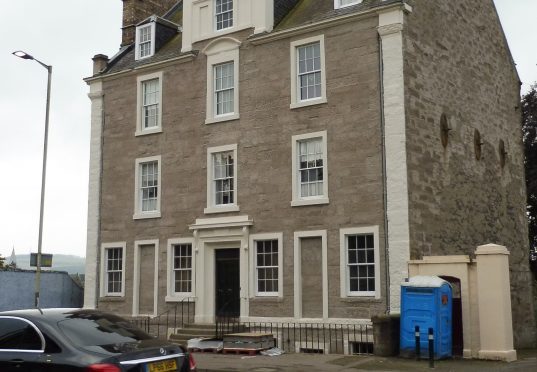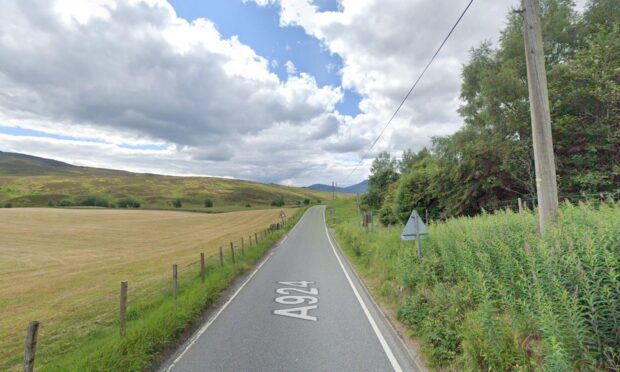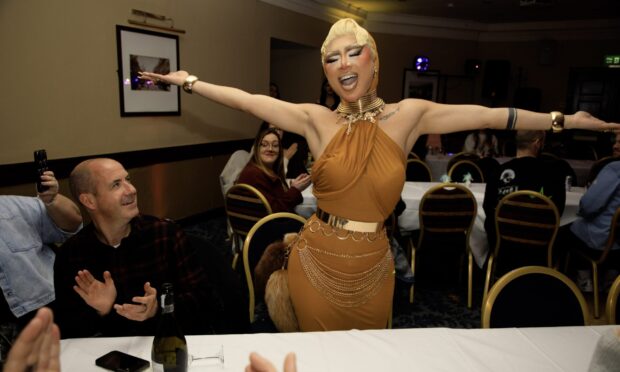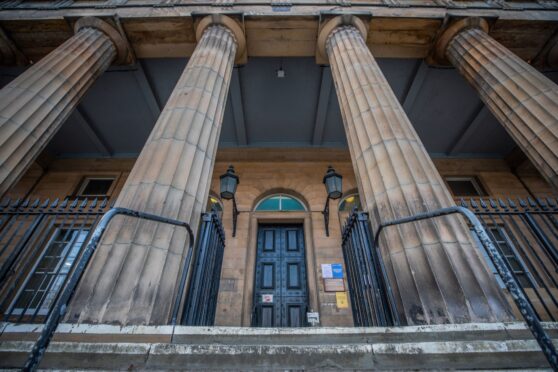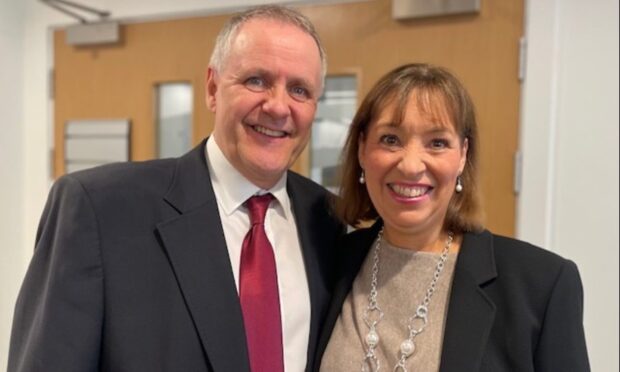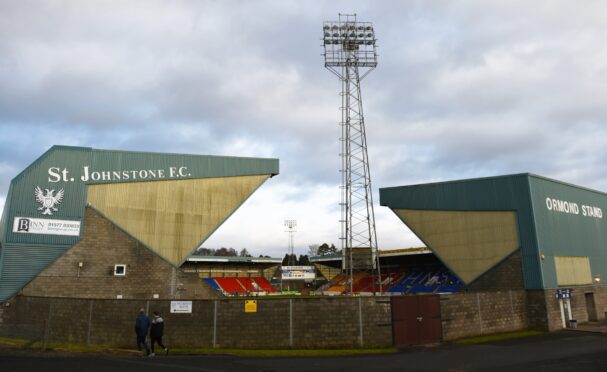A historic Perth property which overlooks the River Tay and the North Inch has been returned to its former glory.
Inchbank House, a B listed Georgian building, dates from 1795 when it was owned by stonemason John Gregory who is thought to have built and designed it.
The Bridgend landmark benefited from a grant from the Perth City Heritage Fund, which helped the owners’ association meet the costs of conservation work, including the removal of the failing cement render and repairs to the historic masonry with lime mortar.
The fund was set up through the Scottish Government’s regeneration strategy for cities following the return of city status in 2012. Investments totalling more than £1.4 million have already been made over the last five years.
The Inchbank project also involved comprehensive repairs to the lead gutters and cast iron downpipes. The scaffolding has just come down, marking the completion of conservation repair works to the front elevation. Refurbishment of the cast iron railings has still to be carried out, before the project is officially finished.
During the work, the original front door was found to have survived intact beneath later addition plywood panels. The plywood has now been removed and the door restored.
“It’s really exciting to see this distinctive historic building in Bridgend returning to its former glory,” said Sara Carruthers, PKHT Historic Buildings development officer.
“It’s a particularly fitting tribute to John Gregory, the stonemason who designed Inchbank, that the masonry is visible once more, allowing the façade to be appreciated as it was originally intended.”
Another high profile project to benefit from the fund is 33-37 High Street, Perth.
Like so many of the historic tenements that frame the streets of Perth’s historic centre, the Category C listed four-storey tenement which dates to the early 19th Century had been in dire need of care and attention for many years.
The project included structural repairs to the tenement stair tower, removal of failing cement render, lime mortar repairs to the historic masonry, comprehensive repairs to the lead gutters and cast iron downpipes, roofing repairs, and the refurbishment of the shop front of jeweller T. Paterson.
